Airships
Take to the skies
Sky Sailors
The most common term for those who work aboard an airship is the term Sky sailor. This term has come to identify an entire culture as more and more people take to the skies and leave the surface behind. Everything from tattoos and common sayings, to superstitions and folklore have all been more or less adapted from a similar culture shared among nautical sailors.
There are a few major differences between nautical sailors and aeronautical sailors. While nautical Sailors tend to be viewed stereotypically as unintelligent and crude, aeronautical sailors avoided this stereotype. This is not to say that they are not crude or unintelligent, merely that most do not view them as such. Superstitions have a major part to play on any vessel, and different cultures among The Twelve Skies have their own idioms, superstitions, and designated symbols.
The houses are ruled by The Sky Barrons who are self appointed Pauper Kings who have managed to keep their title. These houses operate certain areas of the 12 Skies, and each has their own unique culture that separates them from the rest.

by Adam Burn
Occupations among sky sailors
- Mechanics: Mechanics are always in high demand on airships and generally work in engineering. They also maintain weaponry and do repairs throughout the ship.
- Gunners: A gunner is an individual who operates weaponry found on the Airship they serve on. They are also responsible for defending the vessel if boarded and generally work in security.
- Science/Medical: Doctors and scientists are often sought by captains for many reasons. Explorers and Military Commander's I like all have reason to hire a scientist or doctor to be better equipped to handle whatever it is they come across.
- Pilots: On Larger vessels, pilots are kept in the crew to man small craft such as bombers, and fighters. These pilots are almost always in the launch bay when not in the barracks to ensure they can mobilize quickly. They usually work receiving and off loading cargo when not piloting a small craft.
These are just the most common personel kept on the ship. Every vessel is a little different and how it operates and is different in its needs. Some go so far as to hire cartographers, housekeeping staff if they happen to take on passengers frequently, and even The Delerium doubled as a brothel.
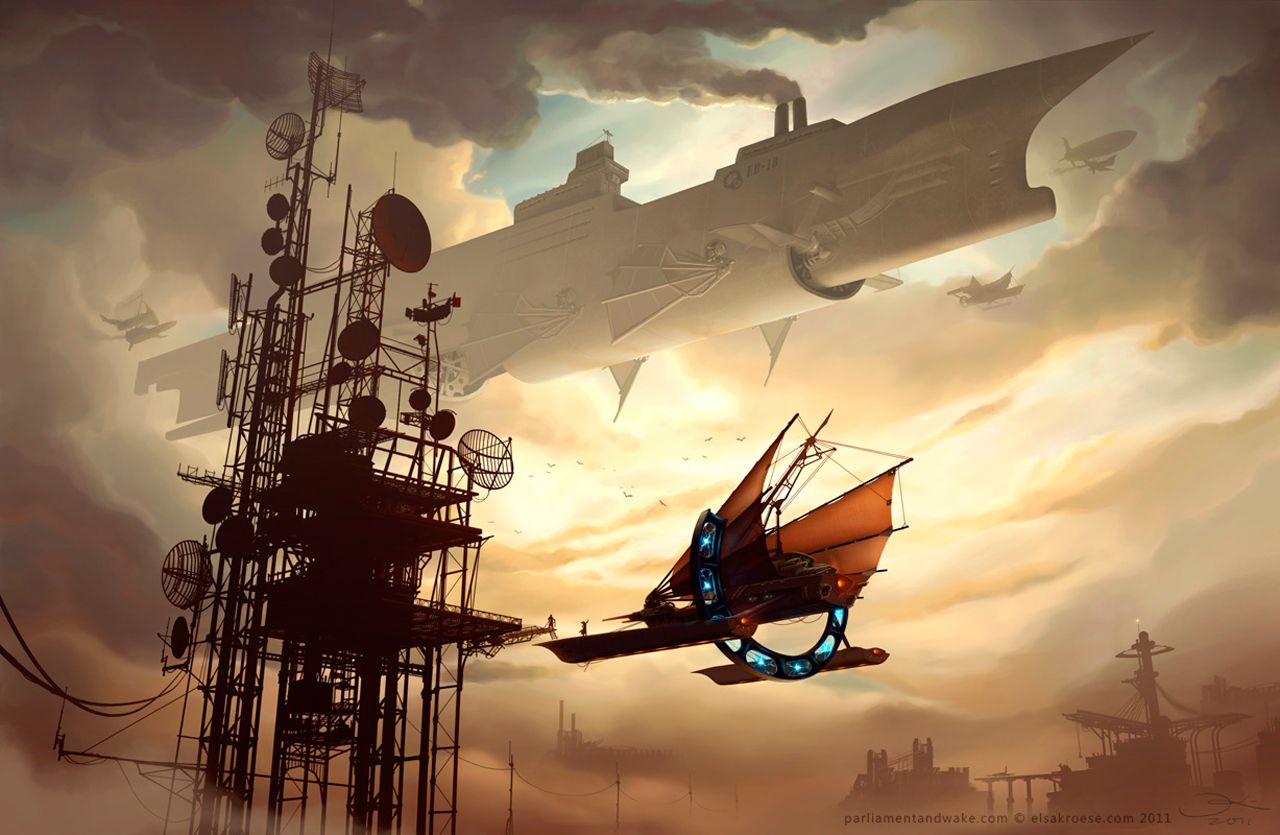

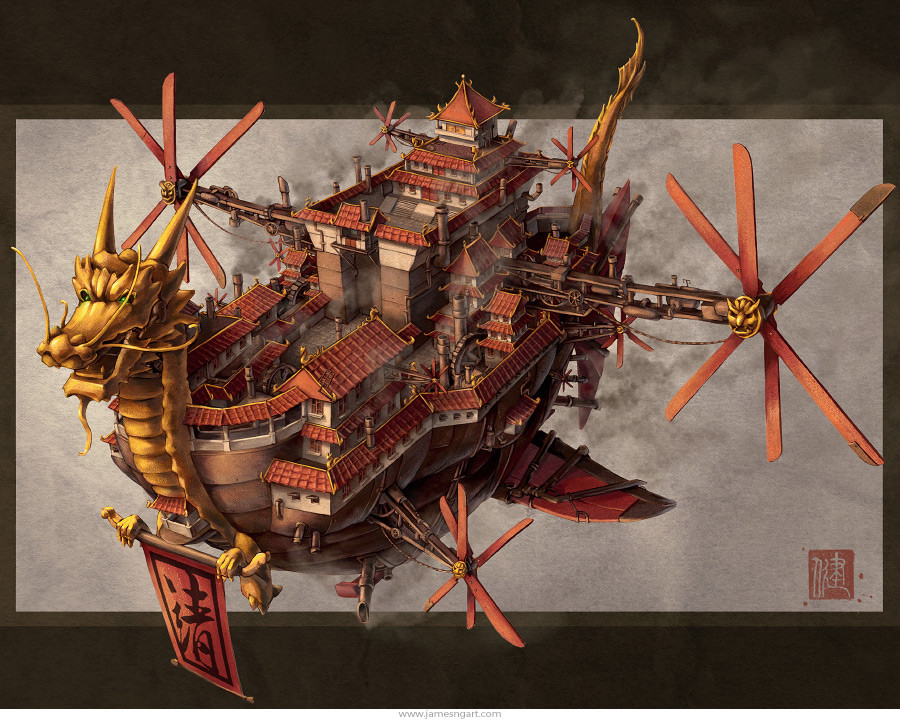
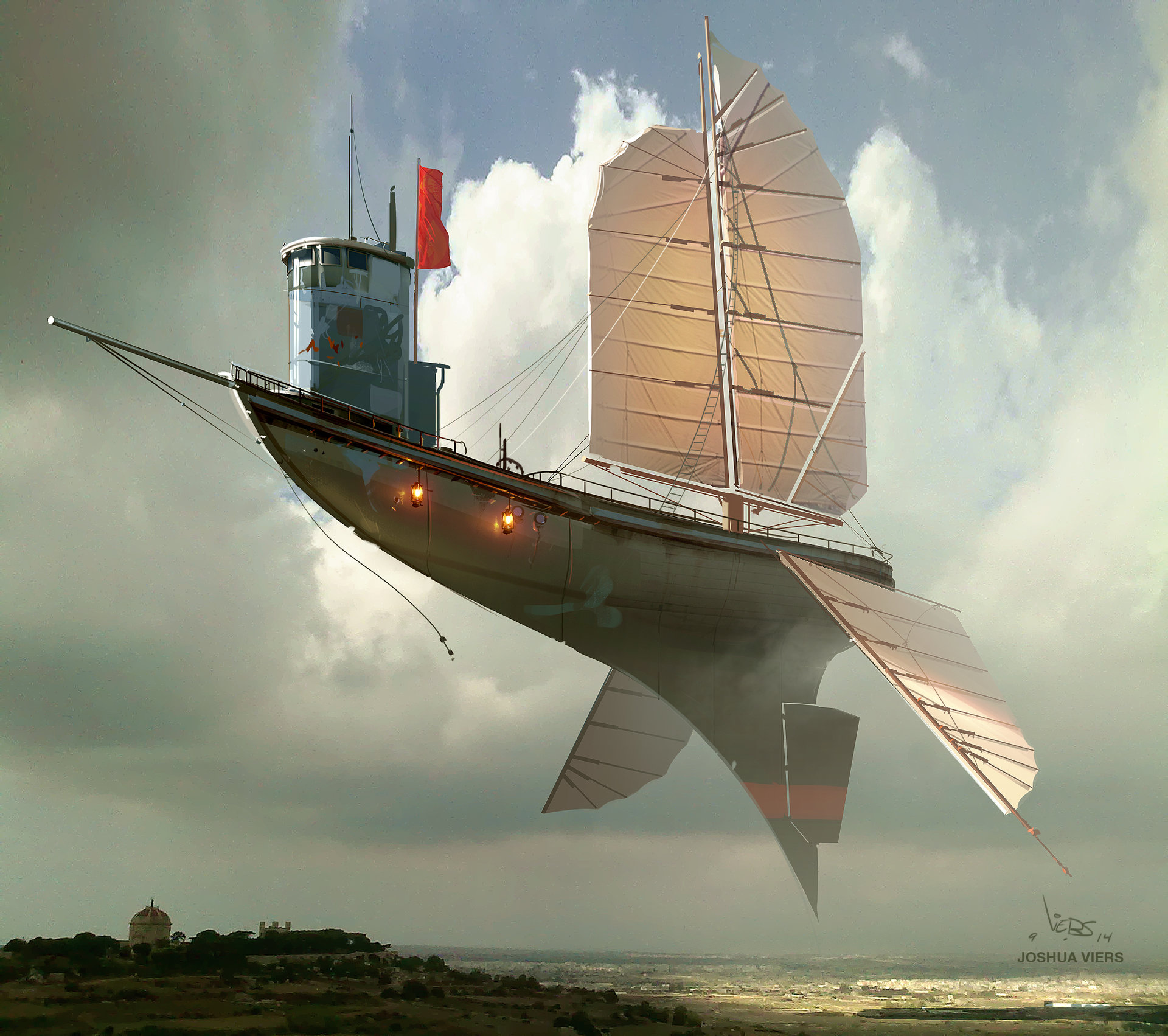
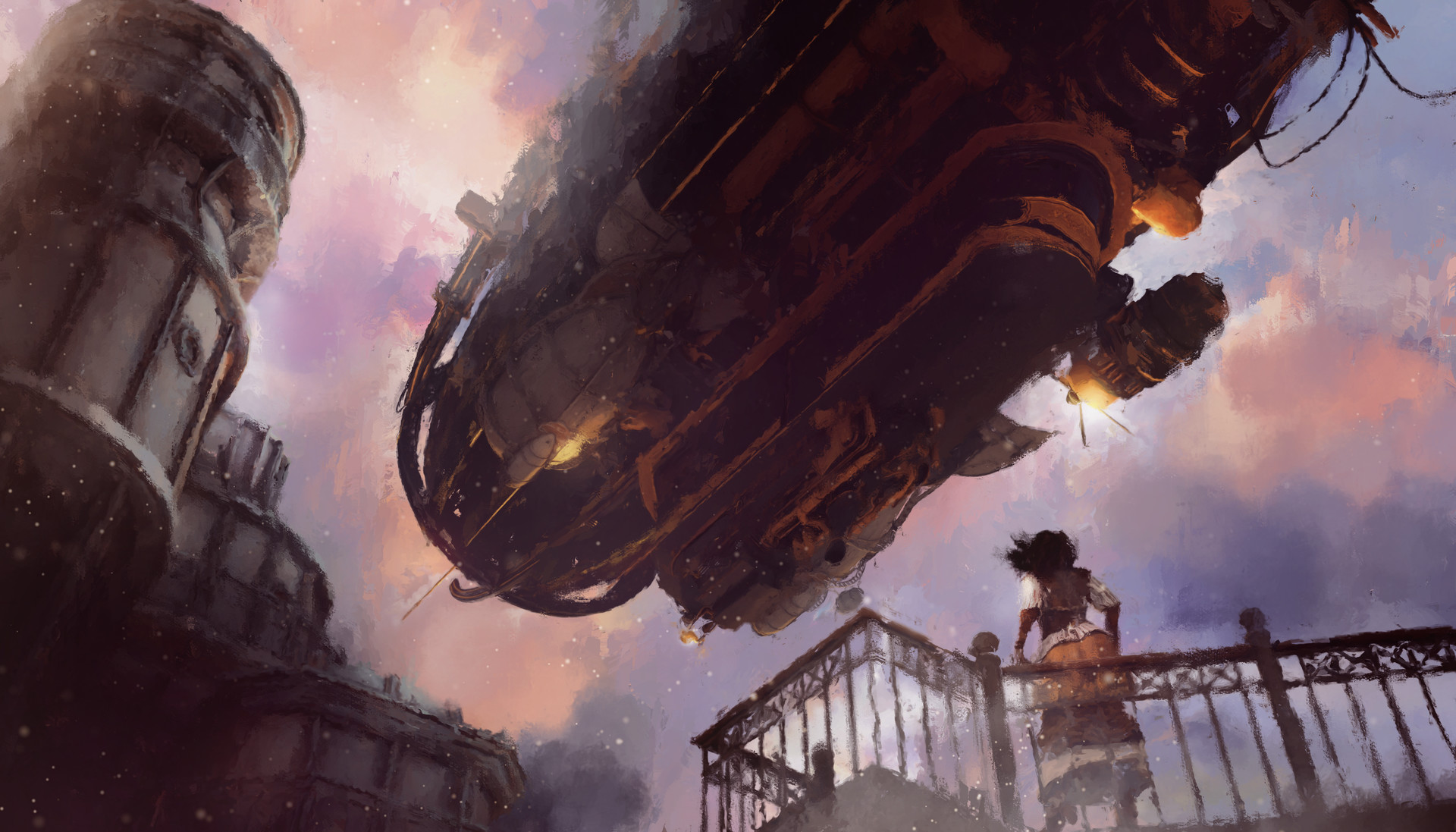

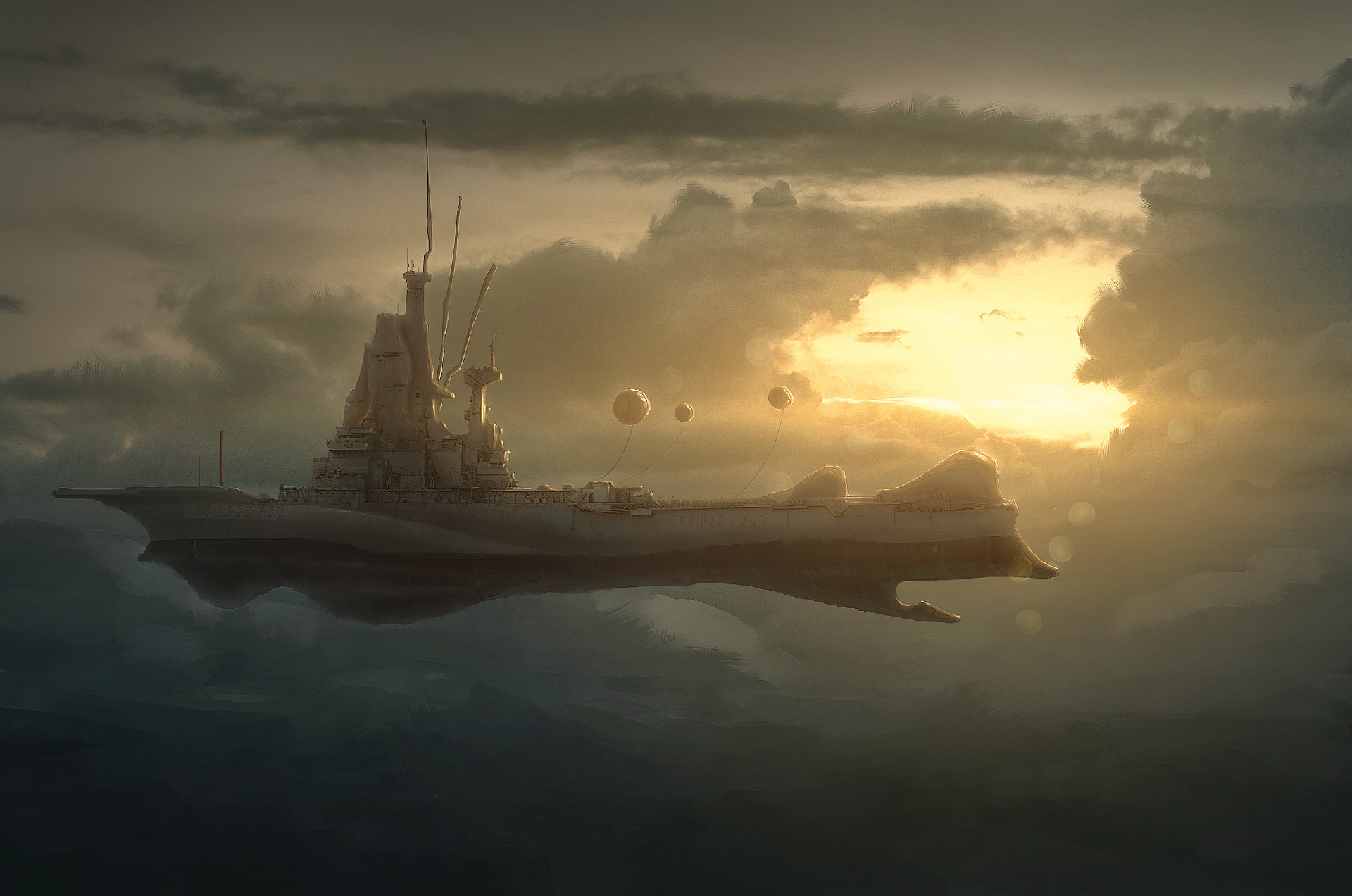

Comments